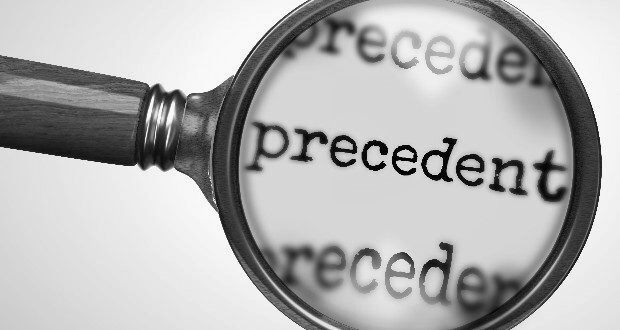Introduction
In our quest for efficient decision-making, we often rely on mental shortcuts known as heuristics. One such heuristic, the Precedents mental model, plays a significant role in shaping our choices. Precedents refer to the tendency to heavily anchor our decisions on past events or experiences. This cognitive bias, deeply rooted in human psychology, influences our day-to-day lives and decision-making processes. Understanding the Precedents mental model is crucial for making informed choices and avoiding irrational decision-making. In this blog post, we will explore the concept of Precedents, its relevance in decision-making, its prevalence in various contexts, the psychological biases that contribute to it, strategies to overcome it, and the importance of active avoidance of this mental trap.
Defining Precedents and their Relevance
The Precedents mental model refers to our inclination to rely heavily on past decisions, events, or experiences as a basis for current choices. It stems from our desire to simplify complex decision-making processes, reduce cognitive load, and seek comfort in familiarity. By drawing on precedents, we attempt to shortcut the decision-making process and rely on what has worked before.
However, this mental model can lead to irrational decisions that are contrary to our best interests. Precedents, although helpful in some cases, can also perpetuate outdated practices, hinder innovation, and prevent us from considering alternative options. Being overly anchored to past decisions can limit our ability to adapt to new circumstances, embrace change, and explore better solutions.
Occurrences of Precedents Bias in Various Contexts
Personal Life Decisions: Consider an individual who has always pursued a particular career path due to familial expectations or societal norms. Despite feeling unfulfilled, they continue down this well-trodden path, relying on the precedent set by others. By doing so, they may sacrifice their own happiness and fail to explore alternative paths that may align better with their true passions and aspirations.
Business Scenarios: In the business world, the Precedents bias can manifest when companies stick rigidly to past strategies, even when they are no longer effective or relevant. Kodak, a pioneer in the photography industry, clung to the precedent of film-based photography and neglected to embrace the digital revolution. This decision proved detrimental to their success as digital cameras became the norm.
Public Policy-Making: Governments often fall into the Precedents trap when formulating public policies. By heavily relying on past policies without considering evolving societal needs and changing circumstances, they risk perpetuating ineffective systems. For example, persisting with outdated education policies without adapting to advances in teaching methodologies and technology can hinder educational progress.
Psychological Biases and Underpinnings
The Precedents bias is influenced by various cognitive biases that shape our decision-making process:
Anchoring Bias: Our tendency to rely heavily on the first piece of information encountered when making judgments. Precedents act as anchors, influencing our perception of what is reasonable or appropriate.
Confirmation Bias: Our inclination to seek out and favor information that confirms our existing beliefs or preconceptions. When relying on precedents, we may actively seek evidence that supports our chosen course of action while disregarding contradictory information.
Status Quo Bias: Our preference for maintaining the current state of affairs and resisting change. Precedents can reinforce this bias, making it challenging to consider alternative options or embrace innovation.
Strategies to Identify and Overcome Precedents Bias
To avoid succumbing to the Precedents bias, it is essential to recognize when we are relying too heavily on past decisions. Here are some strategies to help identify and overcome this mental trap:
Question the Assumptions: Challenge the underlying assumptions and motivations driving your decision-making process. Examine whether the precedents being used are still applicable and relevant to the current situation.
Seek Diverse Perspectives: Actively seek out alternative viewpoints and invite constructive criticism. Encouraging diverse perspectives helps break free from the limitations imposed by precedents and opens doors to new ideas and approaches.
Embrace Experimental Mindset: Allow yourself to experiment and explore new possibilities. Encourage a culture of innovation and be open to trial and error, recognizing that past successes or failures do not necessarily dictate future outcomes.
Conduct Thorough Analysis: Gather and analyze relevant data and evidence to inform your decisions. Avoid relying solely on anecdotal experiences or selective memories.
Conclusion
The Precedents mental model, deeply rooted in human psychology, can significantly impact our decision-making processes. While drawing on past experiences can provide valuable insights, blindly relying on precedents without considering their relevance and the evolving circumstances can lead to irrational choices. By recognizing the psychological biases associated with the Precedents bias, we can actively challenge our assumptions, seek diverse perspectives, and embrace innovation. Avoiding the pitfalls of this mental trap empowers us to make more objective decisions that better align with our current needs and aspirations. By breaking free from the chains of past decisions, we can embrace progress and foster a more adaptable and successful future.
